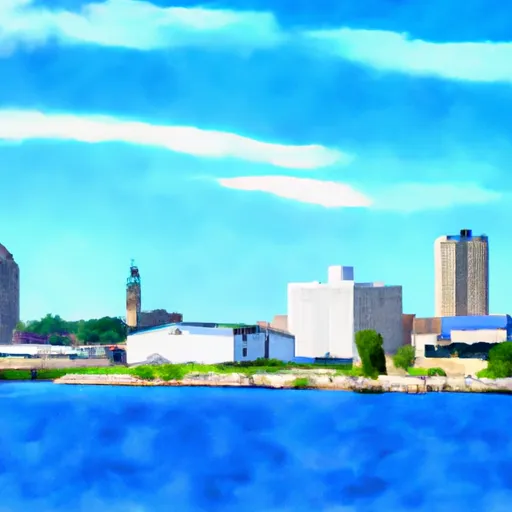°F
°F
mph
Windspeed
%
Humidity











Sheboygan, Wisconsin is a charming city located on the shores of Lake Michigan, known for its beautiful landscapes, outdoor activities, and vibrant culture. The city experiences a humid continental climate, characterized by warm summers and cold winters. Average temperatures range from around 20°F (-7°C) in winter to 80°F (27°C) in summer, with moderate rainfall throughout the year.
Being situated on Lake Michigan, hydrology plays a significant role in Sheboygan's environment. The city has several rivers and streams, with the Sheboygan River being the most prominent. It provides opportunities for fishing, kayaking, and other water-based activities.
Outdoor enthusiasts will find a plethora of recreational opportunities in Sheboygan. The city boasts miles of pristine sandy beaches, making it a popular destination for swimming, sunbathing, and beach volleyball. Lake Michigan's strong winds and waves also make it an excellent spot for kiteboarding and windsurfing.
Sheboygan is a paradise for hikers and bikers, offering numerous scenic trails along the lakefront and through picturesque parks. Golf enthusiasts can enjoy world-class golf courses, including the renowned Whistling Straits, which has hosted multiple PGA Championships.
In summary, Sheboygan, Wisconsin offers a delightful climate, diverse hydrology constituents, and a wide range of outdoor activities, making it an ideal destination for nature lovers and adventure seekers.
Weather Forecast
Sheboygan receives approximately 807mm of rain per year, with humidity levels near 81% and air temperatures averaging around 9°C. Sheboygan has a plant hardyness factor of 5, meaning plants and agriculture in this region thrive during a short period during spring and early summer. Most plants will die off during the colder winter months.
Regional Streamflow Levels
17
Cubic Feet Per Second
2
Cubic Feet Per Second
3
Cubic Feet Per Second
3
Cubic Feet Per Second
Nearby Camping
| Camping Area | Reservations | Toilets | Showers |
|---|---|---|---|
| Kimmell City Park | |||
| Red Hills Lake State Park | |||
| Lincoln Trail | |||
| Lincoln Trail State Park | |||
| Crawford County Fairgrounds | |||
| Paris City Park |



